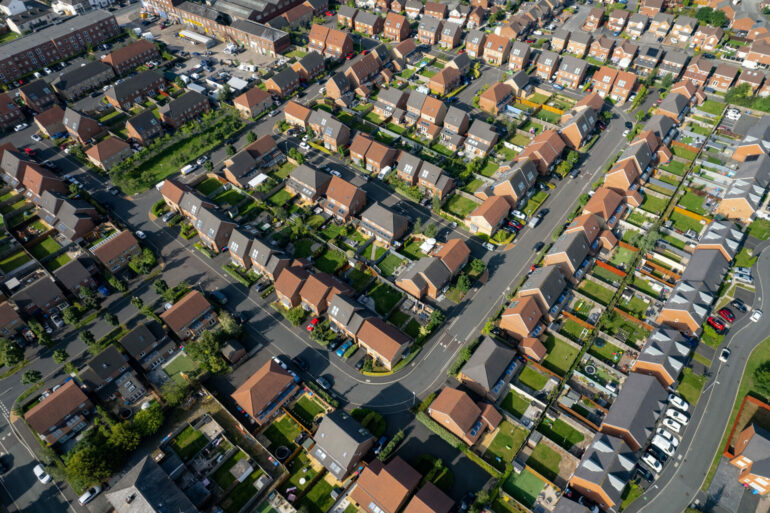Nationwide’s latest house price index reflects yet another decline in house prices as prospective homeowners are deterred by mounting mortgage rates.
July saw a 0.2% contraction in house prices, continuing the downward trend observed over the past year. The annual rate of house price growth further affirms this negative trajectory, at -3.8%, down from June’s -3.5%.
Mortgage rates, having weathered a significant period of volatility, have reached a bit of plateau. This stability emerges after investors recalibrated their predictions, anticipating the UK’s interest rates to hold firm at higher levels for a more extended duration than previously anticipated.
The previously published residential transaction data for June paints a similarly bleak portrait, recording a year-on-year dip. On a positive note, the seasonally adjusted data did show a 6% uptick compared to May, though the overall picture remained grim, with transactions down by 15% compared to June 2022.
This consistent downturn mirrors the mounting strain on affordability that’s impacting the property market in real-time. Prospective first-time buyers, however, might hold out in hopes of further price reductions that could bring homeownership within their reach.
An illustration of this affordability crisis is captured by recent ONS statistics. In England, homeownership seems to be a luxury reserved for the top 10% of income earners, who can afford an average-priced house (£275,000 in FY 2022) with less than five years of income, assuming an average annual disposable household income of £33,000.
This translates to a hefty affordability ratio of 8.4 years of income. Meanwhile, the housing landscape appears more equitable in Wales, Scotland, and Northern Ireland, with the top 30% and 40% of income earners, respectively, being able to afford an average home within the same time frame. This contrast underscores a widening wealth gap, pushing homeownership further beyond reach for many in England.
The future may see affordability pressures driving a downturn in house prices, with other recent indices indicating a flattening or decline in house prices. A significant drop in prices or a massive wage surge would be necessary to improve these troubling affordability ratios.
However, both scenarios seem unlikely. As such, the construction of new homes to alleviate the supply-demand tension, thereby assisting first-time buyers, could emerge as a primary point of contention in next year’s election.
Karen Noye is mortgage expert at Quilter




